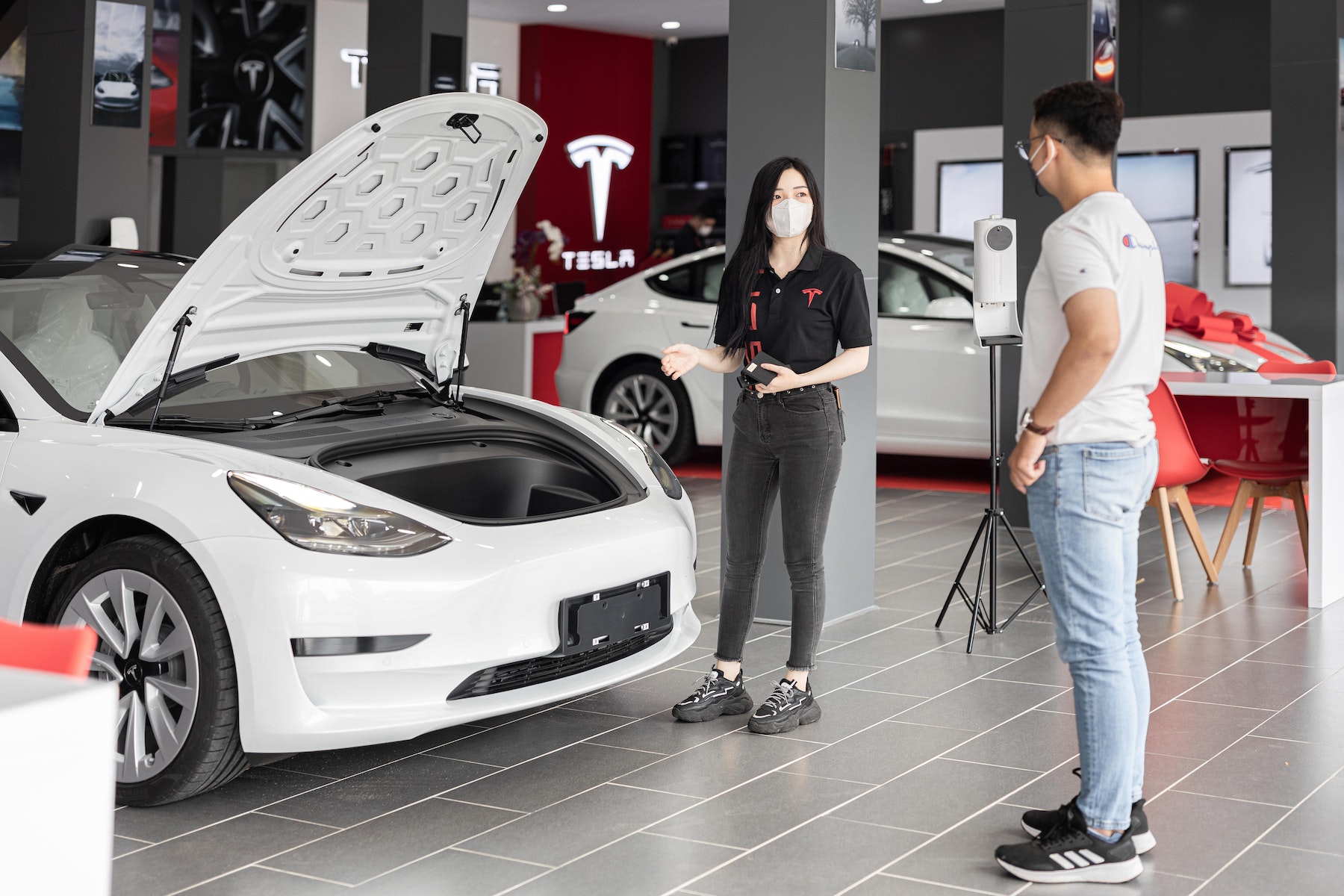
Rechargd.com is reader supported. We may collect a share of sales or other compensation from the links on this page. As an Amazon Associate, we earn from qualifying purchases.
In today’s world, electric vehicles (EVs) are becoming increasingly popular, and Tesla is often considered the gold standard. While the Tesla Model 3 is a fantastic car in many ways, there are some downsides you should be aware of before making a purchase. In this article, we’ll explore some reasons why the Tesla Model 3 might not be the best choice for everyone.
While the Tesla Model 3 offers impressive range and advanced technology, potential downsides include its high price, concerns about build quality, a minimalist interior that may not suit everyone’s taste, and potential customer service challenges. Considering these factors and exploring alternatives such as the Chevrolet Bolt or Nissan Leaf can help you find the ideal EV for your needs.
Is the Tesla Model 3 too expensive?
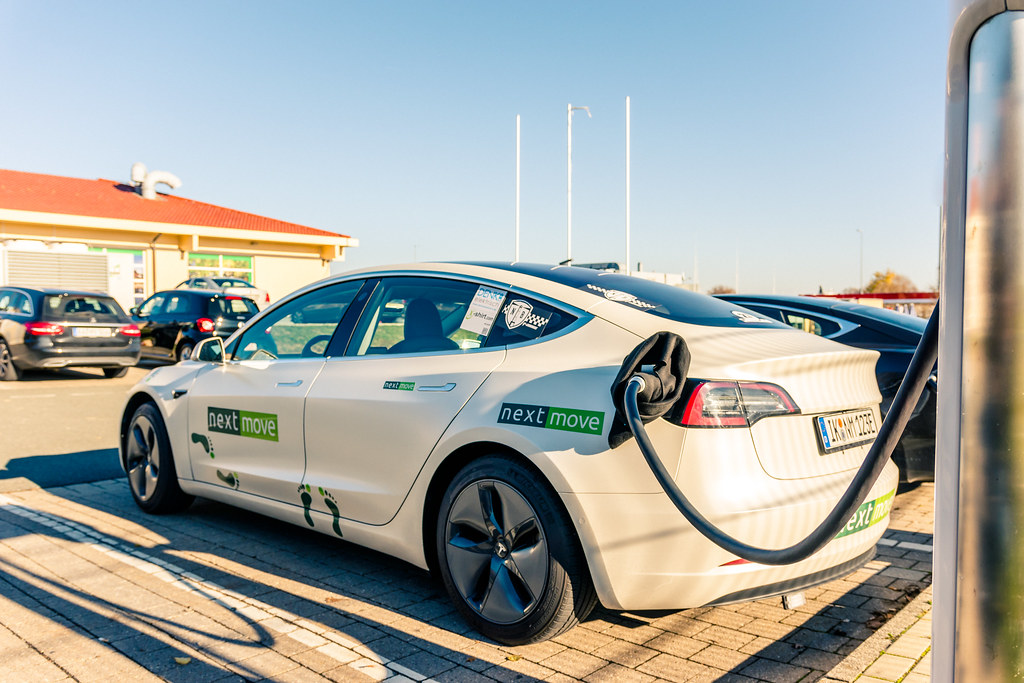
The Tesla Model 3 may have a lower price point compared to other Tesla models, but it’s still a significant investment for most people. The base price starts at around $35,000, but with additional features and options, the cost can quickly rise to over $50,000. For those on a tight budget, this might not be the most affordable option. There are other electric vehicles available at lower price points, such as the Nissan Leaf or the Chevrolet Bolt, that may better suit your financial needs.
How does the Tesla Model 3’s range compare to other EVs?
One of the biggest concerns for potential EV buyers is the range, or how far the car can travel on a single charge. The Tesla Model 3 has an impressive range of about 263 miles for the Standard Range Plus version, which increases to around 353 miles for the Long Range model. However, this still may not be enough for some drivers, especially those who frequently take long road trips or live in rural areas where charging stations are scarce.
In my experience, I’ve found that range anxiety is a genuine concern for many EV owners. While Tesla’s Supercharger network is extensive, it may not always be convenient to find a charging station when you need one. If you’re concerned about range, it’s worth considering a plug-in hybrid vehicle (PHEV) that can run on both electricity and gasoline or perhaps a longer-range EV like the Lucid Air or the Tesla Model S.
Are there concerns about Tesla’s build quality?
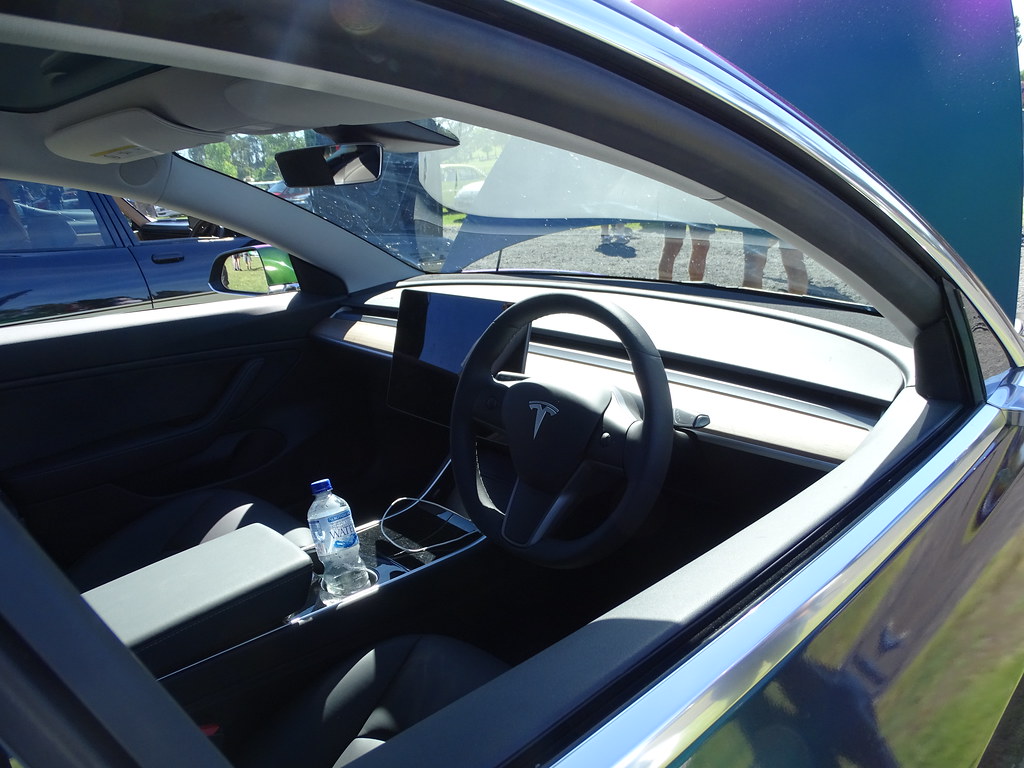
While Tesla is known for its innovation and cutting-edge technology, there have been some reports of build quality issues, particularly in the early production models of the Model 3. Some owners have reported issues such as misaligned panels, inconsistent paint quality, and various electronic glitches.
While Tesla has made efforts to address these concerns and improve their manufacturing processes, it’s important to keep this in mind when considering a Model 3. If you’re concerned about build quality, you may want to explore other electric vehicle options from established automakers with a reputation for reliable and well-built cars, such as Audi, BMW, or Mercedes-Benz.
How practical is the Tesla Model 3’s minimalist interior?
The Tesla Model 3 features a minimalist interior design with a single, large touch screen that controls virtually all of the car’s functions. While some drivers appreciate the clean, modern aesthetic, others find it frustrating and difficult to use, especially when trying to adjust settings while driving.
The lack of physical buttons and controls may also be a dealbreaker for some, as it can take time to get used to navigating the touch screen for everything from climate control to adjusting the mirrors. If you prefer a more traditional interior layout with physical buttons and knobs, the Tesla Model 3’s design may not be to your liking.
How does Tesla’s Autopilot system compare to competitors’ driver-assist features?
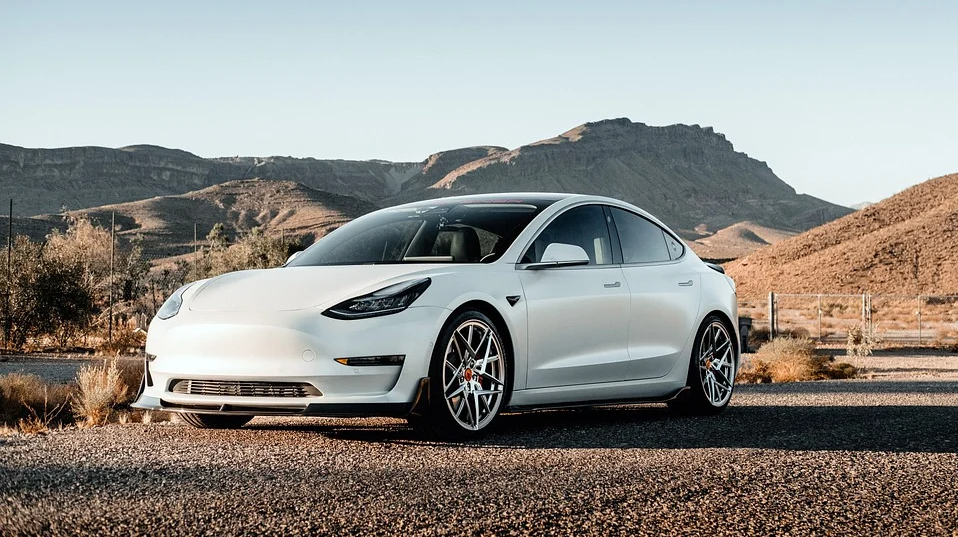
Tesla’s Autopilot system is one of the most advanced driver-assist features on the market, offering semi-autonomous driving capabilities like adaptive cruise control, lane-keeping assist, and automatic lane changes. However, it’s essential to remember that Autopilot is not a fully autonomous system, and drivers are still responsible for maintaining control of their vehicle at all times.
While Autopilot is an impressive feature, it’s not without its share of controversies. There have been reports of drivers misusing the system or becoming overly reliant on it, leading to accidents. Additionally, some competitors offer advanced driver-assist systems that rival Tesla’s Autopilot in terms of capabilities, such as General Motors’ Super Cruise or Ford’s BlueCruise. If you’re considering the Tesla Model 3 primarily for its Autopilot system, it’s worth researching other vehicles with similar features to see if they might better suit your needs.
How reliable is Tesla’s customer service and maintenance network?
Tesla has a unique approach to vehicle maintenance compared to traditional automakers. They have a smaller network of service centers and often rely on mobile service technicians who come to your location to perform repairs or maintenance. While this can be convenient for some, it may not work for everyone, particularly if you live in an area without a nearby Tesla service center or if you need a more complex repair that requires specialized equipment.
Additionally, there have been reports of long wait times for parts and service appointments, which can be frustrating for owners. If having easy access to a reliable service network is important to you, it may be worth considering an electric vehicle from a more established automaker with a larger network of service centers.
How does the Tesla Model 3’s resale value compare to other EVs?
While Tesla vehicles have historically held their value well, the resale value of the Model 3 may not be as strong as some of its competitors, particularly as more electric vehicles enter the market. As more affordable and attractive EV options become available, the demand for used Model 3 vehicles could potentially decrease, impacting resale value.
Moreover, advancements in battery technology could lead to newer EV models with better range and performance, making older Model 3 vehicles less appealing. If maintaining a strong resale value is important to you, it might be worth considering other electric vehicles or waiting to see how the market evolves over the next few years.
What are the alternatives to the Tesla Model 3?
If you’re considering an electric vehicle but have concerns about the Tesla Model 3, there are plenty of alternative options available. Some popular choices include:
- Chevrolet Bolt: This affordable EV offers a range of up to 259 miles and starts at a lower price point than the Model 3.
- Nissan Leaf: Another budget-friendly option, the Leaf has a range of up to 226 miles and offers a comfortable, practical driving experience.
- Ford Mustang Mach-E: With a sporty design and a range of up to 305 miles, the Mach-E offers a blend of performance and practicality.
- Audi e-tron: This luxury EV offers a range of up to 222 miles and features a sophisticated, high-quality interior.
- Hyundai Kona Electric: With a range of up to 258 miles and a lower starting price, the Kona Electric is a practical and stylish option.
Are Tesla repairs and maintenance more expensive than traditional ICE vehicles?
One concern that has been raised regarding Tesla ownership is the potentially higher repair and maintenance costs when compared to traditional internal combustion engine (ICE) vehicles. According to RepairPal, Tesla repair and maintenance costs are estimated to be around 27% higher than those of typical ICE vehicles. On average, a Tesla might cost you $832 per year for maintenance and repairs, while a traditional ICE vehicle would cost around $652 per year.
There are several factors that contribute to the higher repair costs for Tesla vehicles:
- Teslas are not high-production vehicles, meaning most of their parts are not mass-produced.
- There are limited third-party suppliers for Tesla parts, which can drive up the cost of repairs.
While Tesla vehicles can be more expensive to maintain and repair than their ICE counterparts, it’s essential to consider the potential savings in fuel costs and the overall benefits of driving an electric vehicle. However, if you’re concerned about the potential for higher repair and maintenance expenses, it’s worth taking this into consideration before purchasing a Tesla Model 3.
How does the Tesla Model 3’s range perform in cold weather?

Range anxiety, or the fear of running out of battery power before reaching a charging station, is a common concern among electric vehicle owners. This issue can be exacerbated in colder climates, where the range of electric vehicles can decrease significantly due to various technical reasons. In particular, the Tesla Model 3 SR+ has been known to experience a considerable drop in range during winter months.
While all-electric vehicles are likely to see some decrease in range during colder weather, the Tesla Model 3 LR and Performance models tend to perform better in these conditions. They may still experience a reduced range in winter, but this is a limitation of electric vehicles in general, not just a specific issue with Teslas.
If you live in a colder climate and are considering a Tesla Model 3, it might be worth looking into the LR or Performance models for their improved range performance during winter months. This could help alleviate some of the range anxiety concerns associated with electric vehicle ownership in colder areas.
Final Thoughts
Ultimately, the best electric vehicle for you will depend on your specific needs, preferences, and budget. It’s essential to do thorough research and test-drive multiple options before making a decision.
In conclusion, while the Tesla Model 3 has many impressive features and is undoubtedly an innovative electric vehicle, it’s not the perfect choice for everyone. From the high price point and limited range to concerns about build quality and customer service, there are various reasons why someone might choose to explore alternative options. By carefully considering your needs and weighing the pros and cons of the Model 3 against other electric vehicles on the market, you’ll be able to make an informed decision that best suits your lifestyle.
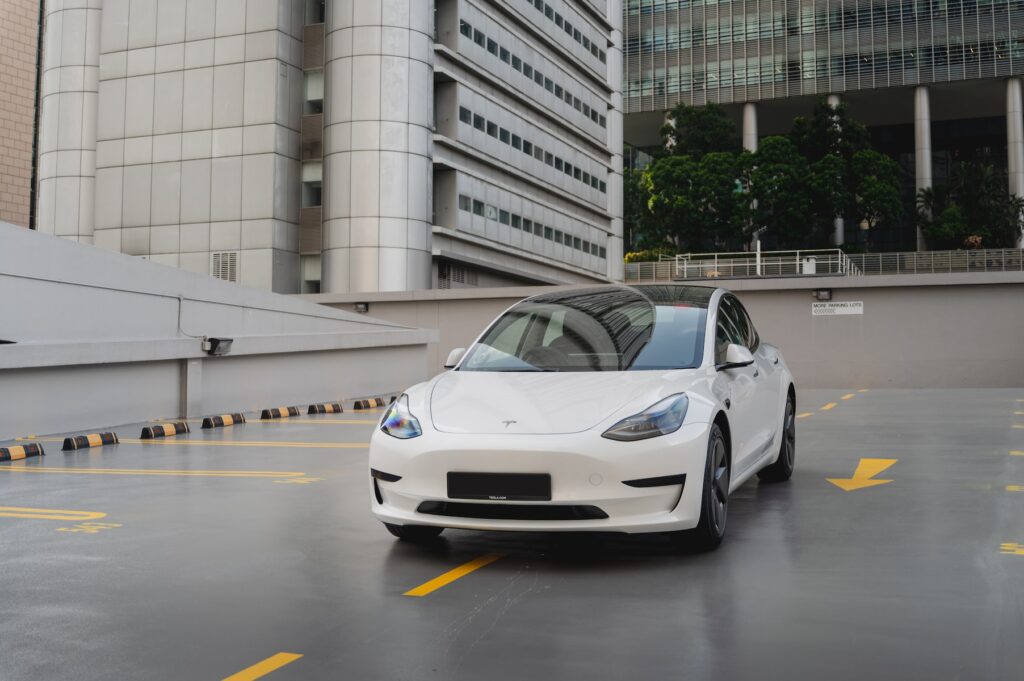
References:
- RepairPal. (n.d.). Tesla Maintenance, Service & Repair Costs. Retrieved from https://repairpal.com/tesla
- U.S. Department of Energy. (n.d.). Electric Vehicle Benefits and Considerations. Retrieved from https://afdc.energy.gov/fuels/electricity_benefits.html
- AAA. (2019). Cold Weather Reduces Electric Vehicle Range, AAA Study Finds. Retrieved from https://newsroom.aaa.com/2019/02/cold-weather-reduces-electric-vehicle-range/
- EVANNEX. (2020). Why Tesla’s Model 3 Received a Top Reliability Rating. Retrieved from https://evannex.com/blogs/news/why-tesla-s-model-3-received-a-top-reliability-rating
- Consumer Reports. (2021). Guide to Tesla Model 3, Model S, and Model X Reliability. Retrieved from https://www.consumerreports.org/cars-tesla-reliability-guide/
- Tesla. (n.d.). Model 3. Retrieved from https://www.tesla.com/model3
